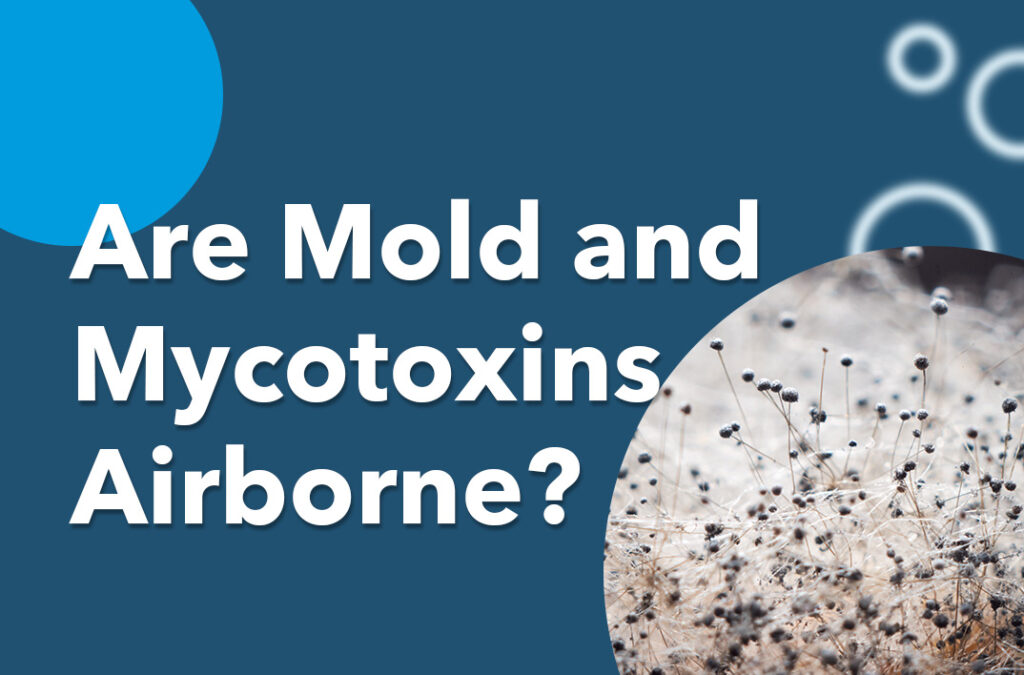Improve Your Safety And Security Methods with Specialist Mycotoxin testing Services
Improve Your Safety And Security Methods with Specialist Mycotoxin testing Services
Blog Article
Exactly How Mycotoxin Screening Helps Avoid Contamination and Guard Food Products

Mycotoxin testing is an indispensable technique in the food industry, serving as a frontline protection against contamination by dangerous toxic substances produced by mold and mildews. Through the application of sophisticated techniques like High-Performance Fluid Chromatography (HPLC) and Liquid Chromatography-Mass Spectrometry (LC-MS), food producers can properly detect and measure mycotoxin levels in agricultural items.
Comprehending Mycotoxins
Comprehending mycotoxins begins with acknowledging that they are toxic second metabolites created by certain molds, which can contaminate farming products. These metabolites are not essential for the development or recreation of the fungi however can have severe implications for human and animal health and wellness. Mycotoxins are generally found in staple crops such as corn, wheat, barley, and nuts, where they can multiply under certain problems of wetness and temperature level.
There are a number of kinds of mycotoxins, each produced by various fungal varieties. Fusarium types produce trichothecenes and fumonisins, both of which are associated with different severe and chronic health and wellness concerns.

Risks of Mycotoxin Contamination
The risks of mycotoxin contamination are complex, presenting significant risks to both food security and public health and wellness. Mycotoxins, hazardous substances produced by specific types of fungis, can contaminate a broad variety of farming products consisting of grains, nuts, flavors, dried fruits, and coffee.
Financial effects are another major concern. Polluted plants can result in considerable economic losses for farmers and food producers due to lowered yields and the demand for costly decontamination procedures. International trade can be substantially hindered as countries apply stringent mycotoxin laws to shield their populaces, leading to denied deliveries and stretched trade connections.
Environmental variables such as climate adjustment worsen the threat of mycotoxin contamination. Variations in temperature and humidity can create positive problems for fungal development, enhancing the likelihood of contamination events. Thus, understanding and minimizing these threats are crucial for ensuring the safety and security and honesty of worldwide food products.
Methods of Mycotoxin Examining
Accurately recognizing mycotoxin contamination in agricultural products is vital for guarding public health and maintaining food safety standards. Numerous techniques are employed to find and quantify mycotoxins, each offering particular advantages and restrictions.
High-Performance Liquid Chromatography (HPLC) is a commonly made use of approach as a result of its high sensitivity and precision. It involves dividing mycotoxins from various other substances in an example, making it possible for accurate metrology. Liquid Chromatography-Mass Spectrometry (LC-MS) incorporates fluid chromatography with mass spectrometry to offer comprehensive molecular info, making it especially valuable for determining multiple mycotoxins at the same time.

Gas Chromatography-Mass Spectrometry (GC-MS) and Thin-Layer Chromatography (TLC) are additionally employed, each with special applications. GC-MS works for unstable mycotoxins, while tender loving care supplies a simpler, cost-efficient alternative for initial screening.
Benefits of Normal Evaluating
Normal screening for mycotoxins in agricultural items supplies numerous advantages, significantly contributing to public wellness and food safety and security. By determining contamination early, routine screening assists protect against the distribution of hazardous foods, therefore reducing the risk of mycotoxin-related illnesses among customers. This aggressive approach not only safeguards human health but also enhances here the total high quality of food products.
Consistent screening additionally supports governing conformity. Different nations and regions have actually developed rigid limitations for mycotoxin levels in food and feed. Sticking to these limitations with routine screening ensures that manufacturers and providers meet legal criteria, consequently avoiding charges and trade barriers. Preserving conformity cultivates consumer count on and brand track record, which are critical for market success.
Additionally, normal mycotoxin testing can cause significant financial benefits. Early detection of contamination enables for timely intervention, reducing potential losses from prevalent contamination. Implementing routine testing procedures can also lessen recall expenses and related liabilities, which can be economically devastating.
Furthermore, regular testing provides important data that can educate better farming methods and storage conditions. By understanding patterns of contamination, manufacturers can take on precautionary actions, therefore contributing and minimizing future dangers to the sustainability of the food supply chain.
Implementing Testing Methods
Carrying out effective mycotoxin testing procedures is vital for guaranteeing the safety and high quality of agricultural items. Each phase has to be inspected to pinpoint where mycotoxin contamination is most likely to occur.
Once important control factors are identified, picking suitable testing techniques is important. Usual methods consist of enzyme-linked immunosorbent assay (ELISA), high-performance liquid chromatography (HPLC), and mass spectrometry (MS) Each method has its weak points and staminas; therefore, picking the correct one depends on the particular mycotoxin being evaluated, the needed sensitivity, and offered resources.

Lastly, incorporating the testing methods into a thorough food safety and security monitoring system is recommended. This boosts traceability and allows quick corrective actions when contamination is spotted, thus safeguarding the stability of the food supply chain.
Verdict
Mycotoxin testing is vital in preventing contamination and safeguarding food supplies by allowing very early detection of harmful toxins created by mold and mildews in agricultural products. Find Out More Routine testing boosts brand name track record, financial security, and trust in food safety and security by minimizing contamination-related losses and maintaining high criteria in food production.
Mycotoxin testing is a vital method in the food market, serving as a frontline protection versus contamination by dangerous contaminants created by mold and mildews. An integrated approach entailing agricultural techniques, storage management, and regular testing can mitigate the dangers linked with mycotoxin contamination, guaranteeing food security and public health and wellness.
The threats of mycotoxin contamination are multifaceted, posturing significant hazards to both food safety and security and public health.Regular screening for mycotoxins in agricultural items uses many advantages, considerably contributing to public wellness and food safety and security.Mycotoxin testing is vital in protecting against contamination and securing food products by making it possible for early detection of harmful toxins created by mold and mildews in agricultural products.
Report this page